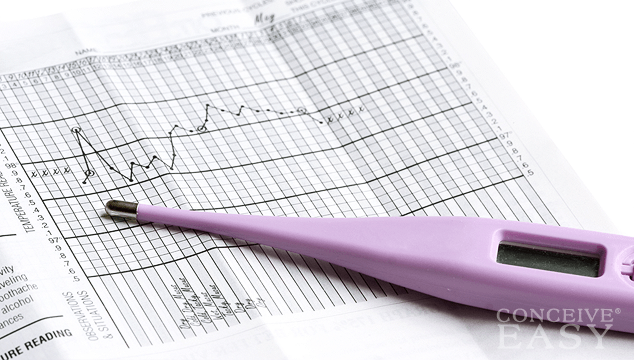If you are looking forward to experiencing parenthood, you might want to check out your fertility signs in order to improve your chances of getting pregnant. Marking your most fertile days by means of fertility charting significantly increases the chances of conceiving. Moreover, you will feel in total control of your body and you will be able to focus and maximize your efforts towards achieving a pregnancy at the perfect time. Claim Your 20 Free Ovulation Tests – Click Here

Timing is of utmost importance when trying to become pregnant. In order to get pregnant, your partner’s sperm must meet your egg. A woman’s body will only release one mature egg per monthly cycle. This process is called ovulation, and since a woman only ovulates once per month, the couple only has a 2-3 day fertile window to catch the egg. Charting your fertility status provides the most accurate assessments of the time of ovulation, the position of your cervix, the cervical mucous patterns, so as to be completely sure you are on the right track.

Boosting your chances of getting pregnant is as easy as monitoring your fertile signals and recording them in a chart. A key fertility sign is your basal body temperature (BBT) which you need to take when waking up, on a daily basis, using a digital thermometer for better accuracy. The amount in which your body temperature changes is slight, so an especially sensitive basal body thermometer is necessary to record temperatures up to a tenth of a degree.
A slightly lowered temperature indicates the approach of ovulation, which is the perfect time to conceive. The actual time of ovulation is expressed by a higher body temperature (0.4 degrees). If the temperature remains high longer than three days, then you have definitely ovulated. In case your temperature does not change after ovulation has occurred, then you could actually be pregnant.

Recording in your BBT chart other fertility signs such as ovulation cramps and ovulation spotting could be of real help; all you have to do is pay close attention to your body in order to assess your fertility status. A high and soft cervix and also increased cervical mucous is highly indicative of ovulation. It is also key to keep track of the consistency of your cervical mucous, as the closer you get to ovulation, the more it becomes the consistency of egg-whites and is much more fertile.
You can read more about how to check your cervix and cervical mucous. Monitor and record your personal fertility signs while charting your temperatures, to help you assess your body’s ovulation signs and help get your pregnant faster.

Another very useful device to help chart ovulation is an ovulation prediction kit (OPK) which monitors the luteinizing hormone found in urine and helps to keep track of ovulation. The level of this hormone rises right before the moment of ovulation and, furthermore, this test is an excellent method to evaluate your fertility, namely if you are ovulating or not, especially for women having irregular periods. It is important, however, not to use first morning urine – mid-afternoon or evening time works best.
Knowing when ovulation occurs is so important to women looking to get pregnant, because it represents the moment when the eggs are released from the follicles, and when they are ready to be fertilized by your partner’s sperm. While charting the basal body temperature enables you to know for sure that you have ovulated, it will only alert you to this after ovulation has already occurred; whereas, the ovulation prediction kit enables you to know upfront when ovulation will occur.
Any of these methods are great for you to pinpoint ovulation, which is the key factor when you’re trying to conceive.










Comments